Most microphone users don’t realize that extreme hot or cold temperatures can seriously harm their expensive equipment. Whether you’re recording outside on a sunny day or in a chilly room, temperature can affect sound quality and even cause permanent damage. Understanding these risks is key to protecting your microphone and ensuring it lasts for years. This guide explains how temperature impacts your gear and what you can do about it.
Why are Microphones Sensitive to Temperature Changes?
A microphone is a precision instrument designed to convert sound waves into electrical signals. Its internal parts, like the diaphragm, wiring, and electronic circuits, are delicate. When temperatures change, the materials used to build these parts can expand or contract.
For example, metal components might expand slightly in the heat, while plastic parts can become brittle and crack in the cold. These small physical changes can alter the microphone’s ability to capture sound accurately, leading to distortion or a drop in sensitivity.
This sensitivity is why professional studios maintain a consistent temperature. Even small fluctuations can impact the performance and longevity of high-end recording equipment.
The Chilling Effect: How Cold Weather Harms Your Mic
Extremely cold temperatures introduce several risks for your microphone, with moisture being the biggest enemy. The most significant danger isn’t the cold itself, but the transition from a cold to a warm environment.
When you bring a freezing microphone into a warm room, condensation can form on and inside the device. This is the same effect you see when a cold glass gets wet on a summer day. This internal moisture can cause short circuits, corrode electronic components, and permanently damage the microphone’s capsule.
Cold can also make the microphone’s diaphragm and other moving parts stiffen. This reduces its responsiveness to sound waves, resulting in muffled or unclear audio. Materials like plastic and rubber can become brittle, increasing the risk of cracking if the mic is dropped or handled roughly.
Feeling the Heat: The Dangers of High Temperatures for Mics
Just like the cold, extreme heat poses a serious threat to your microphone’s health. High temperatures can cause the internal electronic components, such as capacitors and resistors, to degrade or fail completely over time.
The diaphragm, which is the part that vibrates to capture sound, is especially vulnerable. Heat can cause the diaphragm’s material to stretch or warp. This distortion changes how it responds to sound, leading to a loss of clarity and an altered frequency response.
You should never leave your microphone in direct sunlight or inside a hot car. The heat buildup can cause irreversible damage to the electronics, effectively shortening the lifespan of your gear. Overheating can lead to a noticeable drop in performance or total failure.
Don’t Forget Humidity: The Sneaky Partner in Crime
Humidity and temperature work together to create a hazardous environment for your microphone. High humidity means there is a lot of moisture in the air, and temperature changes can turn that moisture into damaging condensation.
In hot and humid conditions, moisture can seep into the microphone and corrode its internal connections. In cold environments, the risk of condensation forming when moving to a warmer area is much higher if the air is humid.
| Humidity Level | Potential Effects on Microphones |
|---|---|
| Low Humidity | Can increase static electricity, potentially harming sensitive components. |
| High Humidity | Moisture can cause corrosion, short circuits, and degrade sound quality over time. |
Controlling humidity is just as important as controlling temperature. Using silica gel packets in your microphone case is a simple and effective way to absorb excess moisture and protect your gear.
Smart Storage and Transport: Your Mic’s First Line of Defense
Properly storing and transporting your microphone is the easiest way to protect it from temperature extremes. When not in use, always keep your microphone in a padded, protective case.
This case not only prevents physical damage but also provides a layer of insulation against sudden temperature shifts. Store the case in a climate-controlled space, like a closet in your home, rather than a garage or basement where temperatures can fluctuate wildly.
When traveling, avoid placing your microphone in a car trunk, as this area can get extremely hot or cold. If you have to move your mic through different climates, leave it in its case for at least 30 minutes to acclimate to the new room temperature before you plug it in and use it. This simple step is the best way to prevent condensation.
Practical Tips for Using Your Mic in Extreme Weather
If you must record in a very hot or cold environment, taking a few extra precautions can save your gear from damage and ensure you get a quality recording.
Here are some practical tips for different conditions:
- In the Cold: Keep the microphone in an insulated bag with a hand warmer until you are ready to use it. When you’re done, place it back in the case with a silica gel packet and allow it to warm up slowly.
- In the Heat: Always keep the microphone out of direct sunlight. Use a reflective cover for your case and provide shade for your equipment whenever possible. If you are recording indoors without air conditioning, use a small fan to help circulate air and cool the gear.
- Take Breaks: In extremely hot conditions, give your equipment periodic breaks to cool down. This is good for both your microphone and any other electronics you are using.
By being mindful of the environment, you can safely use your microphone in less-than-ideal conditions without risking its performance or longevity.
Frequently Asked Questions
Can cold weather permanently damage a microphone?
Yes, the biggest risk from cold is condensation forming when the mic is brought into a warm place. This moisture can cause short circuits and corrosion, leading to permanent damage to the internal electronics.
What are the signs my microphone has temperature damage?
Signs of temperature damage can include muffled or distorted audio, reduced sensitivity (you have to turn the gain up higher than usual), crackling sounds, or the microphone not working at all.
Are some microphones better for extreme weather?
Generally, dynamic microphones are more durable and less sensitive to temperature and humidity changes than condenser microphones. The delicate electronics and diaphragm in condenser mics make them more vulnerable.
How long should I let my microphone acclimate to a new temperature?
A good rule of thumb is to let the microphone sit in its case for at least 30 to 60 minutes after moving it between different temperature environments. This allows it to adjust gradually and reduces the risk of condensation.

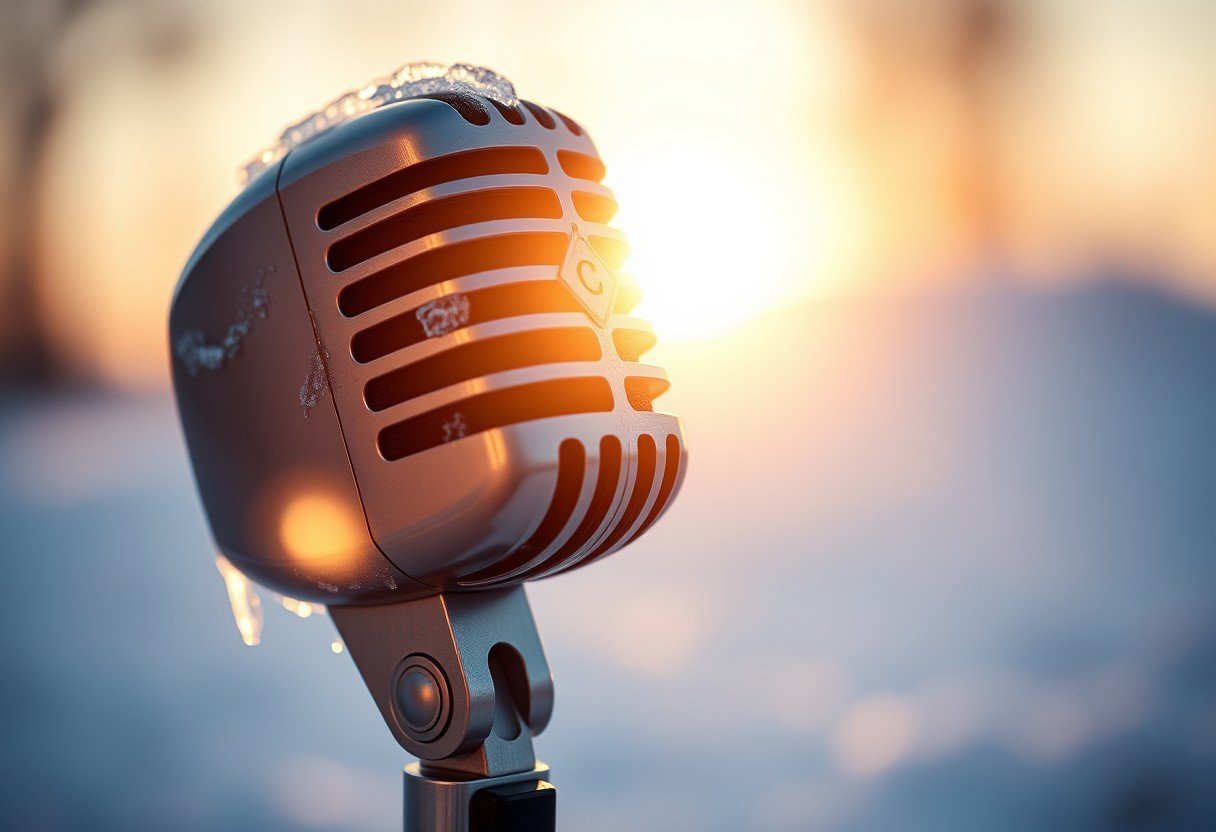

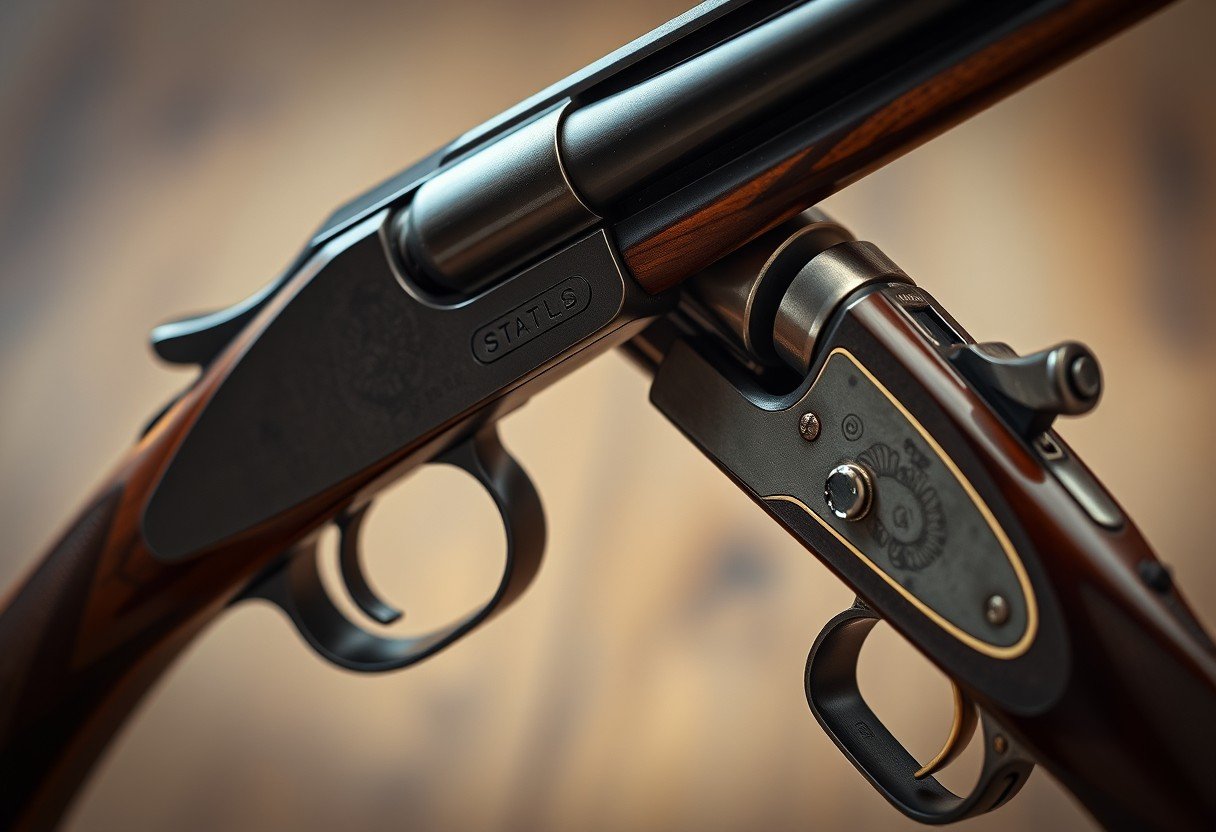
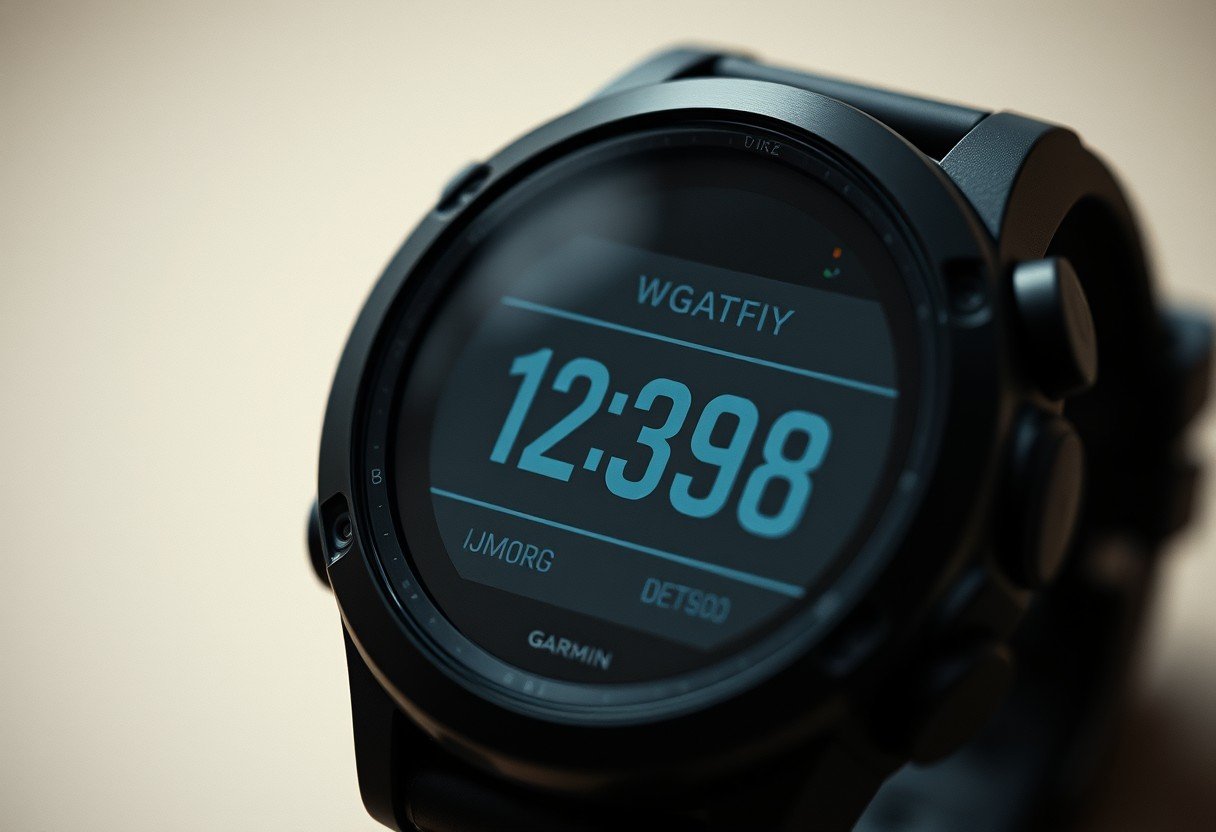

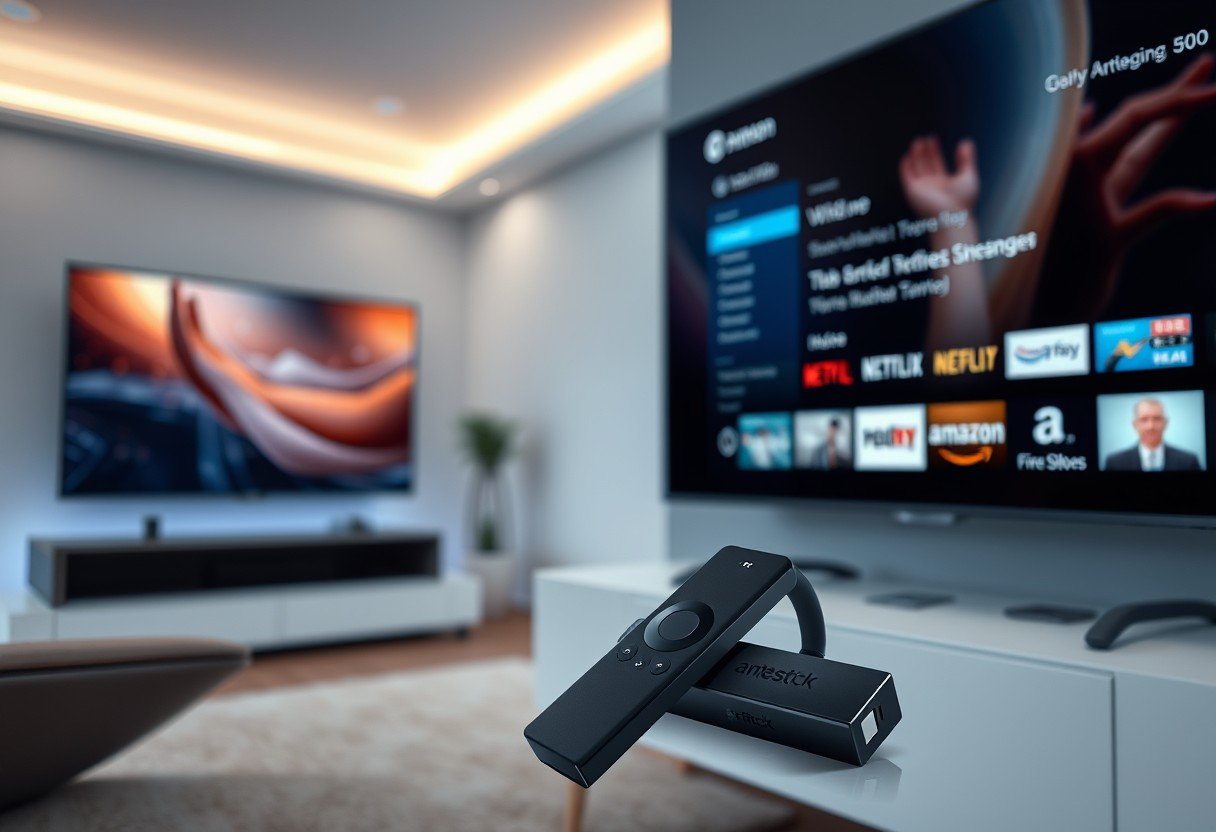
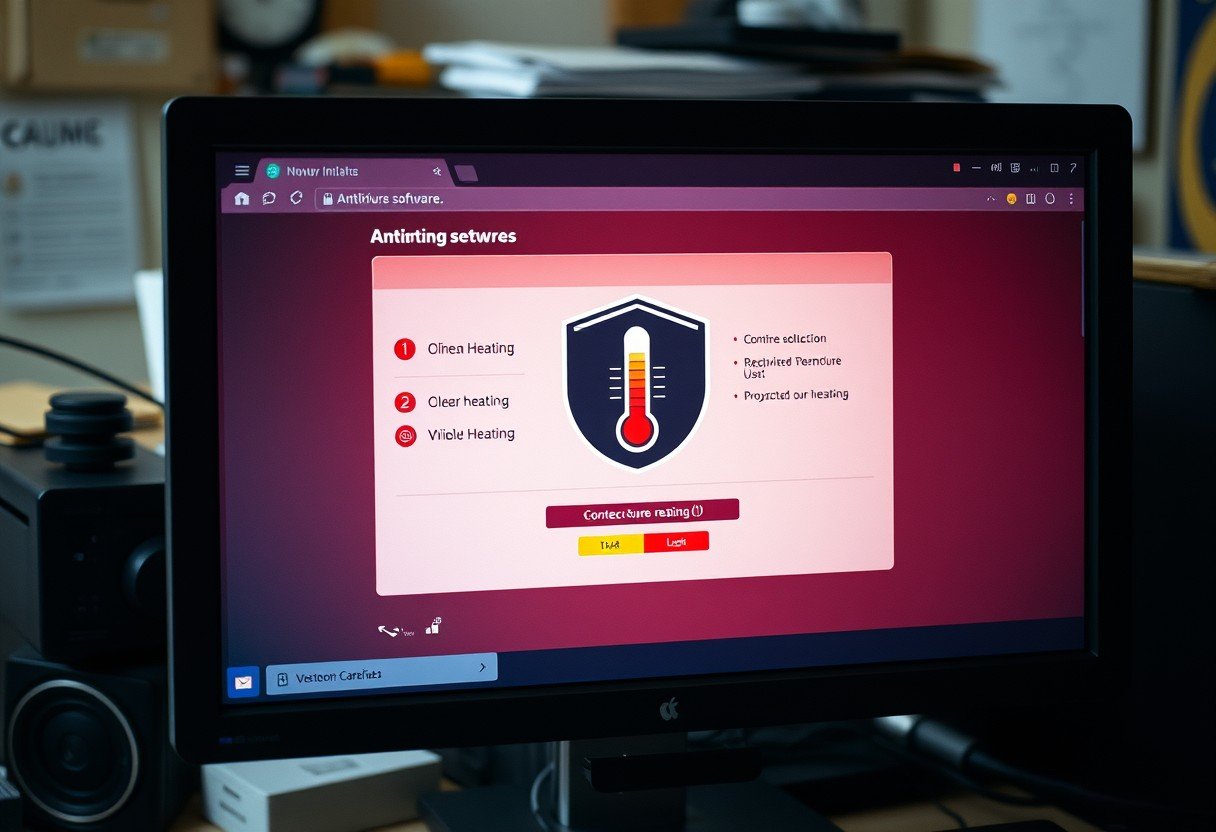
Leave a Comment